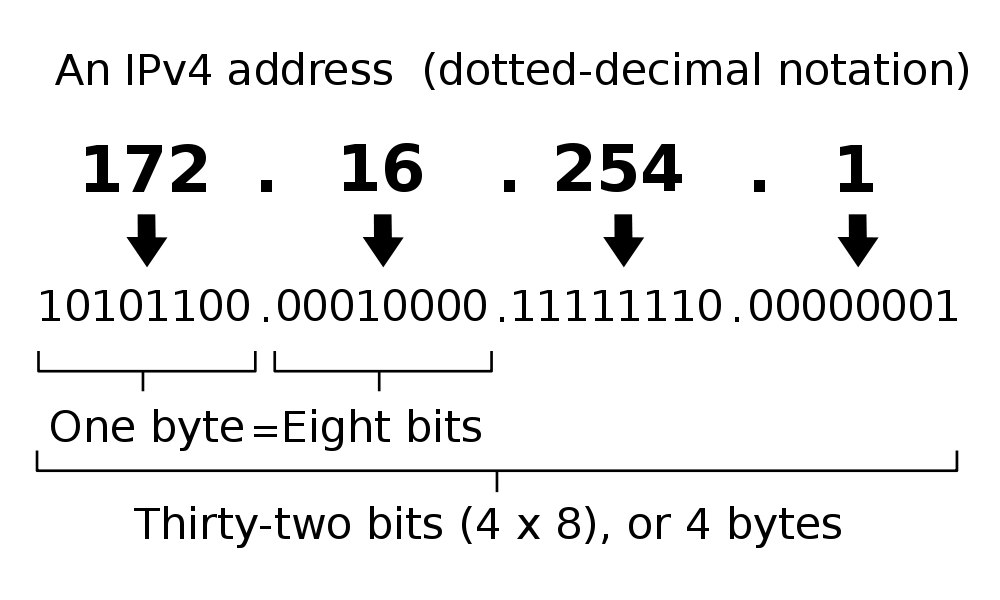IPv4, the current standard for internet protocol addressing, is facing limitations due to its finite address pool. This article explores the technical details of IPv4, including its addressing scheme and capacity constraints, and introduces IPv6 as the next-generation solution.
The widely used Internet Protocol Version 4 (IPv4) provides unique addressing for devices on networks. IPv4 defines IP addresses in a 32-bit format divided into four octets separated by periods. This IP addressing allows for efficient data transmission across the Internet
Key Takeaways:
- IPv4 uses 32-bit addresses to assign unique IP addresses.
- IPv4 has a limited capacity of 4.3 billion addresses.
- IPv6 was developed to address the limitations of IPv4 by providing 128-bit IP addresses.
Q: What is IPv4?
A: IPv4 is the widely used Internet Protocol Version 4 that provides unique addressing for devices on networks.

How IPv4 Addresses Work
An IPv4 address consists of both a network identifier and host identifier. The 32 bits are segmented into four 8-bit fields written in decimal format. IPv4 utilizes this 32-bit addressing scheme for Ethernet network communication in five distinct classes. The addresses can be unicast, multicast, or broadcast, as defined by Internet standards.
Transitioning to IPv6 Addressing
A key benefit of both IPv4 and IPv6 addressing is the uniqueness of each IP address assigned. However, IPv4 has a limited capacity of approximately 4.3 billion addresses, which may not meet future demand. IPv6 was developed to overcome IPv4 limitations by specifying 128-bit IP addresses. As networks transition to IPv6, systems may utilize both IPv4 and IPv6 addresses. Network equipment providers are building IPv6 compatible devices that can run alongside existing IPv4 equipment.
Conclusion
IPv4 is the current standard for internet protocol addressing, but it has a limited capacity of approximately 4.3 billion addresses. This limitation is due to the use of a 32-bit addressing scheme in IPv4. To address this issue, IPv6 was developed as the next-generation solution, providing 128-bit IP addresses for a significantly larger address space.
